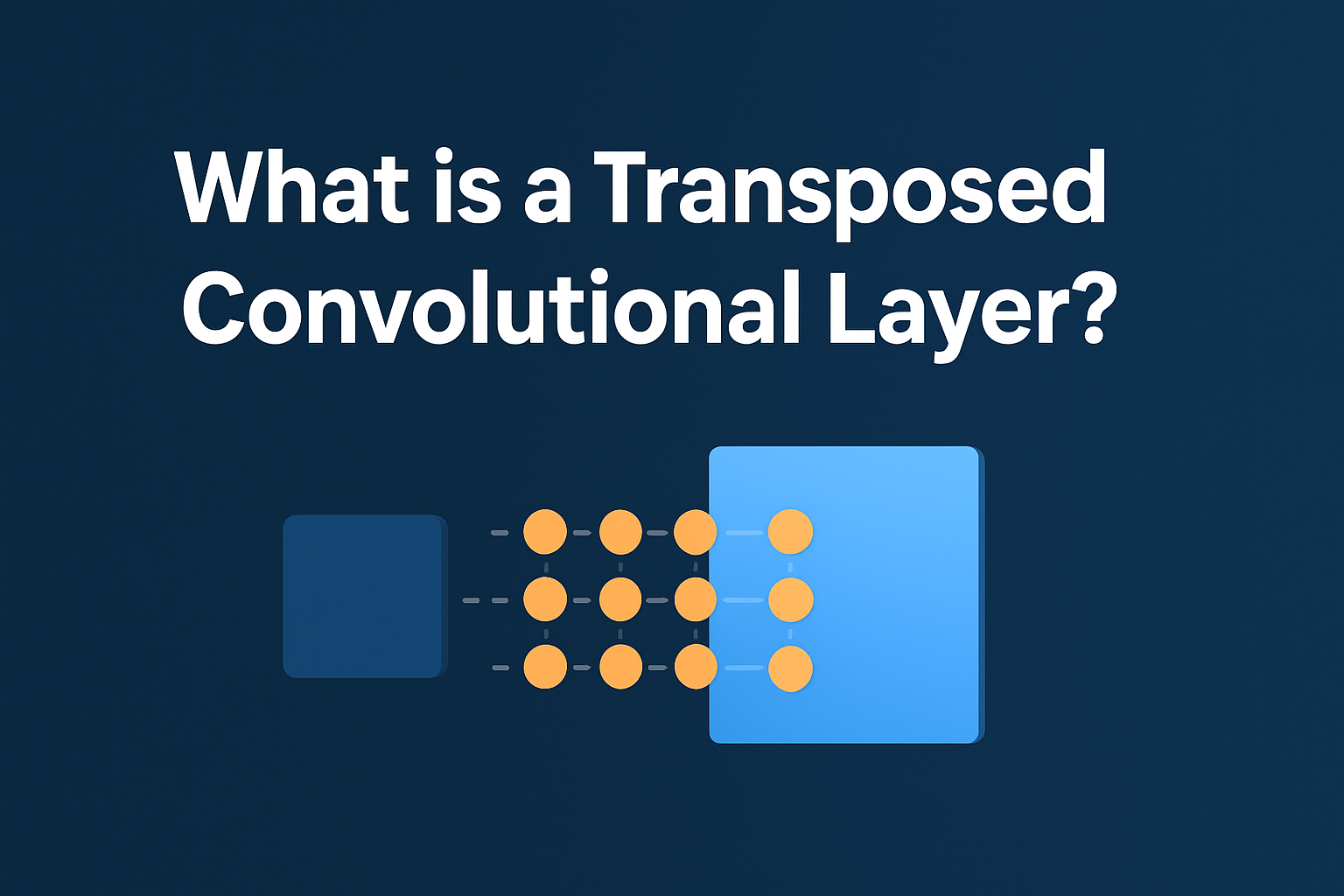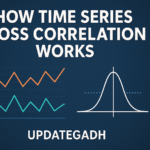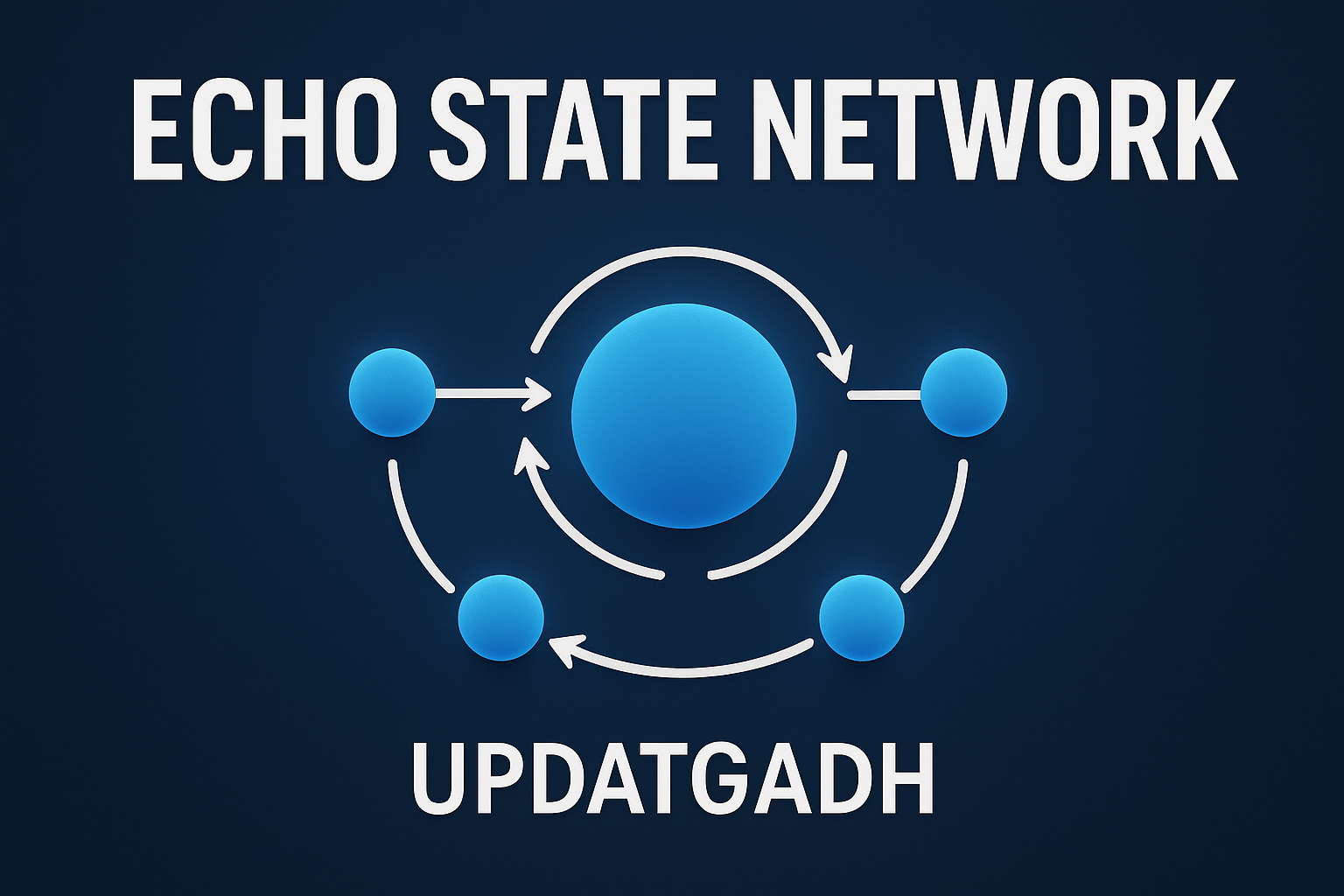

What is a Transposed Convolutional Layer?
Transposed Convolutional Layer
In deep learning—especially in computer vision—Convolutional Neural Networks (CNNs) are widely used for tasks like image classification, object detection, and segmentation. Convolution layers extract meaningful features from input data, often reducing the spatial size of images.
However, in generative tasks such as image super-resolution and semantic segmentation, we need to increase the size of feature maps instead of shrinking them. This is where the transposed convolutional layer—also known as deconvolution or fractionally strided convolution—becomes important.
Machine Learning Tutorial:-Click Here
Data Science Tutorial:-Click Here
Complete Advance AI topics:-CLICK HERE
DBMS Tutorial:-CLICK HERE
What is Transposed Convolution?
A transposed convolution is an operation that increases the spatial resolution of a feature map. Unlike standard convolution, which moves towards smaller feature maps by sliding filters and summarizing pixel information, a transposed convolution spreads and refines the data to produce a larger output.
It is especially useful in:
- Image generation
- Super-resolution
- Semantic segmentation
How Does It Work?
1. Expanding the Input
The process starts by expanding the input feature map. Gaps (usually zeros) are inserted between original pixels. This gives more “space” for the filter to work with, allowing learned values to be filled in later. Unlike fixed interpolation methods such as bilinear or nearest-neighbor, this is a trainable process.
2. Applying the Kernel
Once expanded, a trainable kernel (filter) is applied. This kernel learns to distribute and refine pixel values based on patterns discovered during training, making the upsampling process smarter than simple duplication.
3. Overlapping and Summation
When the kernel slides over the expanded input, some output pixels receive contributions from multiple kernel applications. These are summed together, producing a smooth result—though improper configurations can cause checkerboard artifacts.
4. Controlling Output Size
The output size is influenced by:
- Stride – Larger strides produce larger outputs.
- Padding – Extra space added to control dimensions precisely.
Choosing these parameters carefully ensures the output has the desired resolution without distortion.
Applications of Transposed Convolution
Transposed convolution layers are crucial wherever upsampling is needed in deep learning. Examples include:
- Image Generation – Used in GANs to turn compact latent vectors into high-resolution images.
- Semantic Segmentation – In models like U-Net and Fully Convolutional Networks (FCNs), it restores spatial details so each pixel can be classified.
- Super-Resolution – In models like SRGAN, it learns to restore fine details rather than relying on basic interpolation.
- Autoencoders – In decoder networks, it reconstructs high-resolution outputs from compressed representations, useful for denoising and anomaly detection.
Alternatives to Transposed Convolution
While transposed convolution is powerful, it can introduce artifacts. Alternatives include:
1. Bilinear or Bicubic Upsampling + Convolution
First, resize using bilinear/bicubic interpolation, then apply a standard convolution to refine details. This avoids checkerboard patterns and produces smoother results.
Common Use: StyleGAN, DeepLabV3+, ResNet-based segmentation.
2. Sub-Pixel Convolution (Pixel Shuffle)
Rearranges feature map channels into spatial dimensions, increasing resolution efficiently.
Common Use: SRGAN, ESRGAN for high-quality image upscaling.
Difference Between Transposed Convolution and Regular Convolution
| Feature | Regular Convolution | Transposed Convolution |
|---|---|---|
| Purpose | Feature extraction & downsampling | Upsampling & reconstruction |
| Effect on Size | Reduces spatial dimensions | Increases spatial dimensions |
| Stride Effect | Larger stride → smaller output | Larger stride → larger output |
| Kernel Use | Slides over input, condensing | Expands input, then refines |
| Use Cases | Classification, detection | Segmentation, generation, super-resolution |
Checkerboard Artifacts: A Common Issue
What they are: Unwanted grid-like patterns in generated images.
Why they happen: Uneven overlap of the kernel with certain stride and kernel size combinations.
Prevention:
- Use bilinear upsampling + convolution
- Ensure kernel size is divisible by stride
- Use smaller strides or appropriate padding
These artifacts can seriously harm applications like medical imaging or autonomous driving, where accuracy is critical.
Complete Python Course with Advance topics:-Click Here
SQL Tutorial :–Click Here
Download New Real Time Projects :–Click here
Conclusion
The transposed convolutional layer is a cornerstone in many deep learning architectures where upsampling is essential. It allows models to learn how to generate high-resolution outputs rather than relying on static interpolation.
When designed carefully—with attention to stride, kernel size, and padding—it can produce sharp, realistic, and artifact-free results. From image synthesis to super-resolution, it remains one of the most valuable tools for reconstructing detailed spatial data.
For more deep learning insights and guides, visit UpdateGadh—your hub for clear, practical, and professional AI knowledge.
Transposed convolution example
transposed convolution pytorch
transposed convolution in deep learning
transposed convolution output size formula
transposed convolution formula
transposed convolution visualization
transposed convolution calculator
deconvolution vs transposed convolution
transposed convolutional layer
transposed convolutional layers
transposed convolutional layer pytorch
what is transposed convolutional layer
transposed convolutional
transposed convolutional layers
pixel transposed convolutional networks
transposed convolutional layer pytorch
transposed convolutional network
transposed convolutional layer
transposed convolutional neural network










Post Comment